Arts & Culture
Sinug ug Sinulog: Exploring The Two Dance Forms

“Culture is what sets man apart from the rest of Kingdom Animalia and that the best expression of culture is thru the dance.” – Ceasar Nimor
The famous festival dance was given attention in another Casa Gorordo Museum Talk on the 16th of January. The lecture focused on the origin of the Sinug and Sinulog dance forms.

Turang Dance Troupe
Sinu’og or Sinu’g is an ancient Cebuano ritual, a survivor of indigenous dance ritual despite three hundred years of Spanish domination. It was mentioned in the CGM Talk that the acceptance of Christianity is not the only factor of where the dance form came from because even before that the natives already practiced the certain rituals for their gods and goddesses of nature. In fact, the natives did not even know that they were accepting a new religion. They considered Sto. Nino as one of their pagan gods.
One of the speakers was Ceasar F. Nimor, he’s a retired Assistant Professor handling Biological and Earth Sciences, Research, Health and Kinetics at the College of Teacher Education and subjects at the Graduate School Department and Senior High School Arts and Design Track at the University of Cebu-Main. He is a Zoologist with a Master’s Degree in Teaching – Science (MAT-S) from Southwestern University.

Being a product of Cagayan de Oro and Cebu, he has ease and familiarity with Visayan and Mindanao cultures.
He has been a folk dancer since grade school to college and over thirty years of ethnographic research in various hinterlands of the Visayas and Mindanao from which he documented traditional dances that had been performed and taught at the Annual Folk Dance Workshop for Teachers of the Philippine Folk Dance Society (PFDS). He has also been able to learn and gather traditional dances and folklore of the other nine Association of Southeast Asian Nations (ASEAN) member nations during his annual self-funded trips.

Another one was Mila Catelo-Janson who comes from Surigao del Norte is a retired Physical Education and Graduate School professor of the Cebu Normal University. Aside from teaching then, until today, she has the interest in going on field in search of unpublished folk dances.
She was the choreographer of the Cebu Normal University Dance Troupe until her retirement.
She is presently a member of the Board of Directors of the Samahang Tagapagtaguyod ng mga Katutubong Sayaw ng Pilipinas (Philippine Folk Dance Society) – National Chapter and Adviser of the Cebu Colleges and Universities Choreographers Association (CCUCA).
Madame Mila believes that “The more we learn about our cultural heritage, the more powerful our reasons for cooperating with and respecting each other as one people.” This is the reason why searching for endangered traditions and sharing these to everyone inspire her to conduct research.

What people have been taught about the history of Sinulog is commonly when the Ferdinand Magellan arrived and presented the image of Sto. Nino to Rajah Humabon. After that, him along with the other natives were baptized to the Roman Catholic Church. Hara Humamay (Amihan and later named Queen Juana), danced with the image and the other tribe members followed. This was considered the first Sinulog.
Tha dance steps are known to be from Humabon’s adviser, Baladhay, where he saw a little child dancing when he was sick. The child tried to tickle him with coconut leaf. This is why the dance is sometimes called Sayaw ni Baladhay– where the steps are like movements of the river or more commonly the forward, one-step backward dance step.

And from that stories, it resulted to different versions of the Sinulog like Votive Sinug and the Combative Sinug.
Votive Sinug is actually the dance for prayer– the one we see in Sto. Niño Basillica Minore, where the dancers carry candles and say a prayer. While the Combative Sinug is more of a story of the battle and the acceptance of Christianity. This is usually performed by the Turang Dance Troupe.


Demonstration by the Turang Dance Troupe
What we see during festivals are the combination of the two dance forms– always evolving and adapting from the costumes and the mix of contemporary elements.
Arts & Culture
Queer Coding in Cinema: The Best Shows to Binge for Pride Month 2025

compiled by Edge Javier
As Pride Month 2025 goes into full swing, the best way to celebrate LGBTQIA+ voices is with a binge-worthy lineup of shows that center queer stories, joy, love, resilience — and yes, of course, drama. From groundbreaking recent series to must-watch staples and fan favorites, here are the top shows to stream this June that reflect the vibrant spectrum of the queer-coded experience.
1. Heartstopper – Season 3 (Netflix)
Nick and Charlie are back, and the coming-of-age sweetness is stronger than ever. Season 3 explores deeper emotional territory while keeping the wholesome tone fans adore. Expect more queer joy, nuanced relationships, and tearjerker moments that feel like a warm hug.

2. Drag Me to Dinner (Hulu)
Hosted by Neil Patrick Harris, this chaotic culinary competition pairs drag duos in a battle to throw the most fabulous themed dinner party. With outrageous challenges, surprise twists, and plenty of camp, queens serve up equal parts food, flair, and fierce shade. It’s RuPaul meets Top Chef—served with a side of sequins.

3. Queer Planet (Apple TV+)
Hosted by Janelle Monáe, this visually stunning docuseries dives into queerness in the animal kingdom and parallels in human identities. It’s smart, groundbreaking, and perfect for those who want to feel seen—and informed.

4. Fellow Travelers (Paramount+)
This period romance-drama set during the Lavender Scare continues to grip audiences with its tragic beauty and sharp historical insight. If you missed Season 1, now is the perfect time to catch up before the highly anticipated Season 2 lands later this year.

5. The Buccaneers – Season 2 (Apple TV+)
The unapologetically queer period drama returns with more scandal, sapphic yearning, and feminist rebellion among American heiresses navigating high society in 1870s London. Think Bridgerton, but with more edge and better sapphic representation.
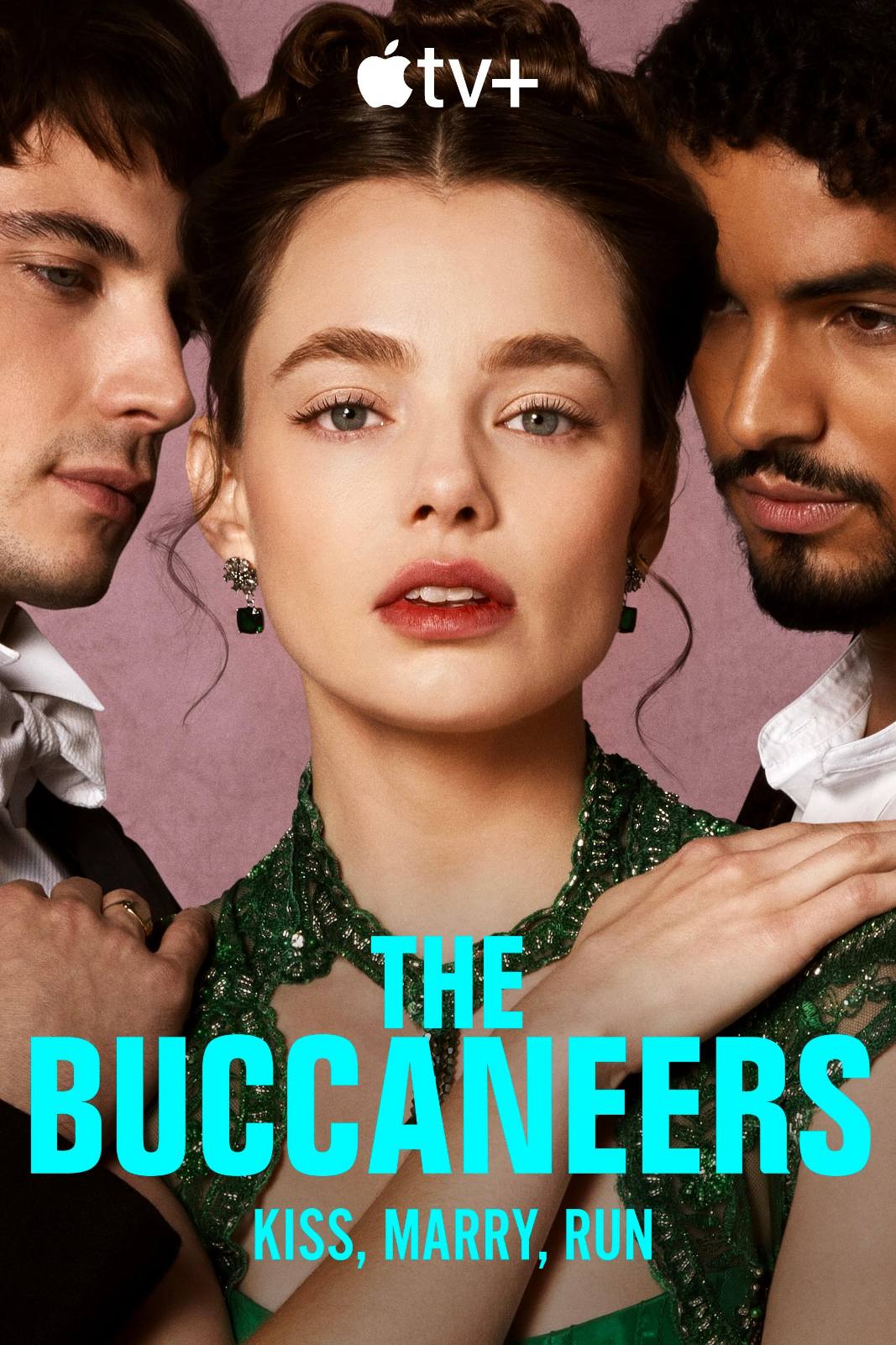
6. Our Flag Means Death – The Finale Special (Max)
This fan-favorite pirate rom-com wraps up with a one-hour finale special airing this June. Whether you’re rewatching from the start or jumping into the last hurrah, this show remains a shining example of queer love told with heart and humor.
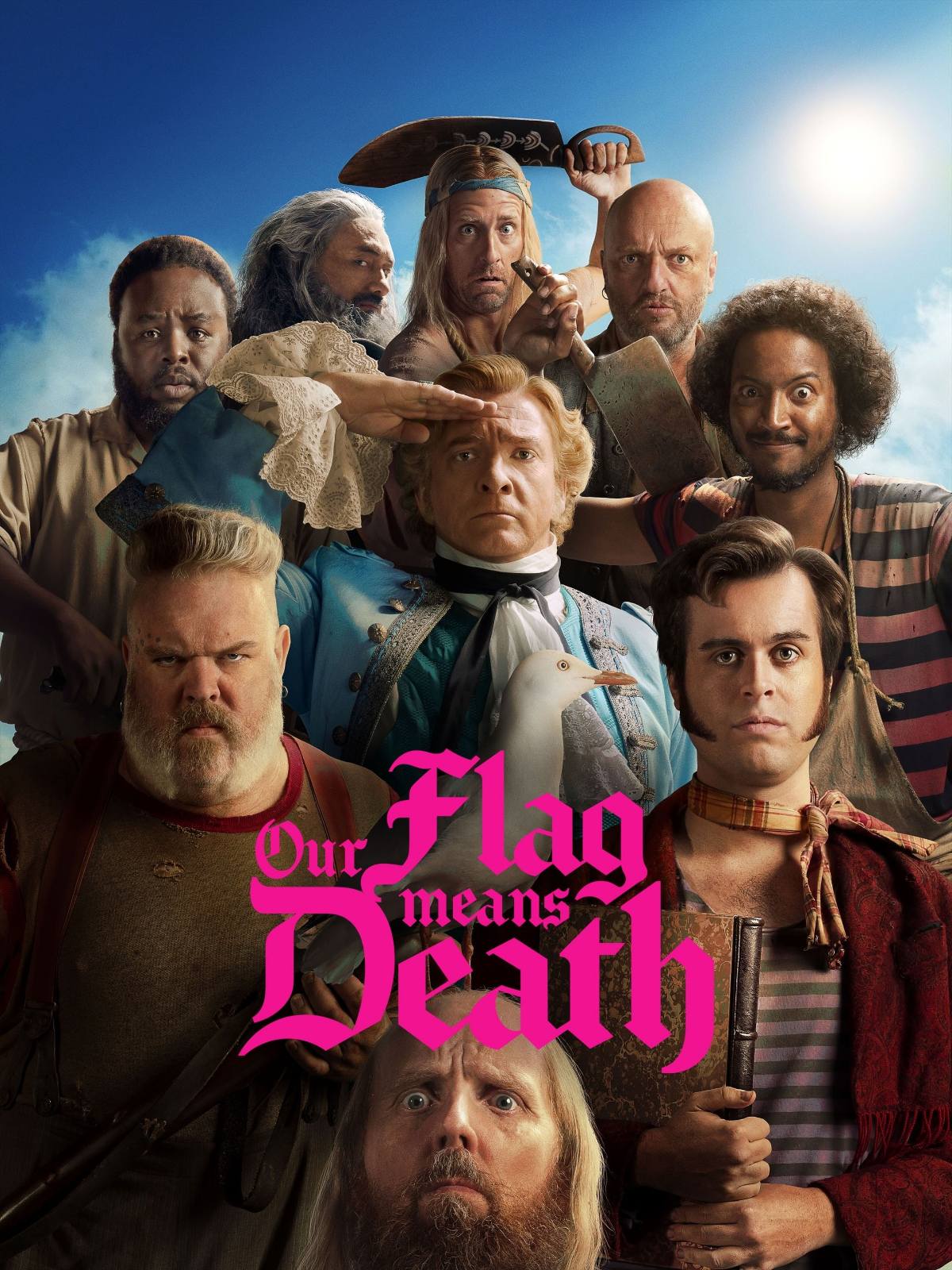
7. This Is Me Now… The Series (Prime Video)
Following Jennifer Lopez’s genre-blurring film-musical hybrid, the series version delves into themes of love, identity, and self-acceptance, and features cameos by queer icons and allies. It’s campy, messy, and made for Pride Month mood-boosting.

8. Sort Of – Final Season (Max)
This critically acclaimed dramedy about a gender-fluid millennial navigating love, grief, and identity in Toronto comes to a close with an emotionally rich final season. A thoughtful and often hilarious story that never loses its beating heart.
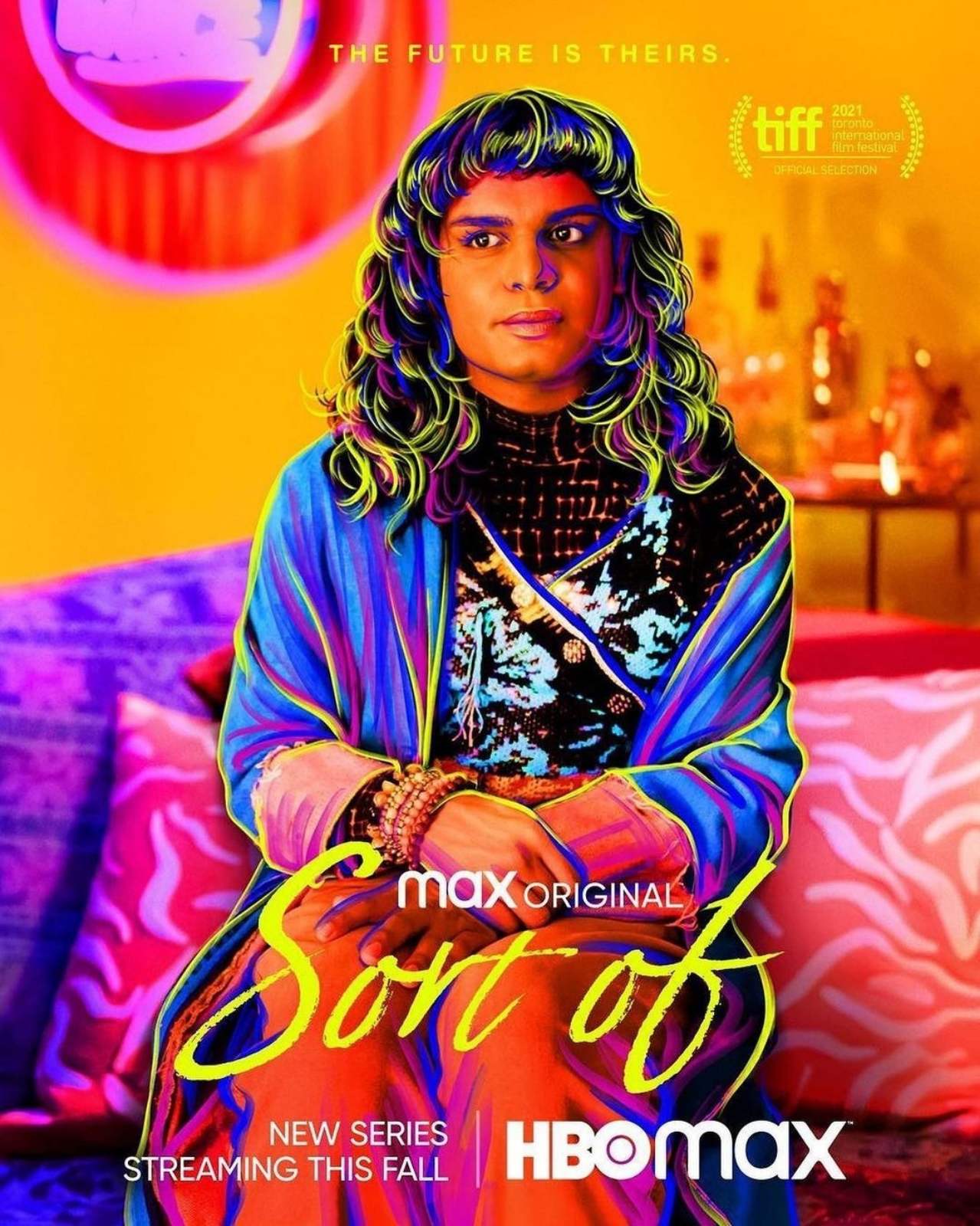
9. Red, White & Royal Blue – Limited Series (Prime Video)
After the hit film adaptation, the beloved queer romance returns in a serialized format, expanding on Alex and Henry’s story with new twists and deeper character arcs. It’s romantic escapism, elevated.
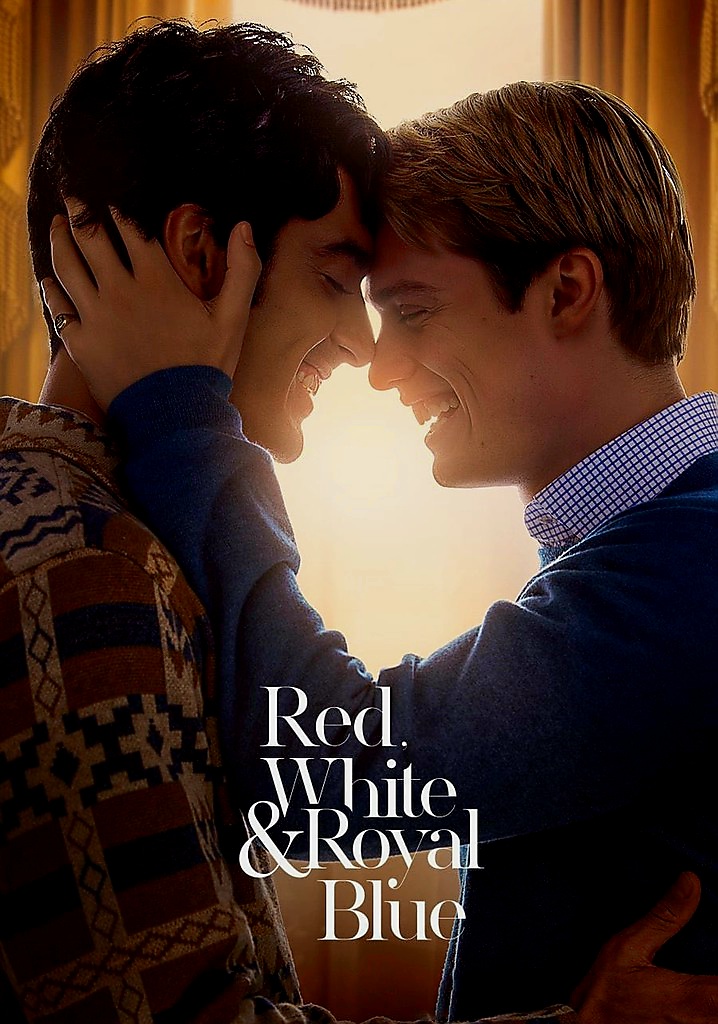
10. POSE: The Legacy (FX/Hulu)
This documentary miniseries honors the cultural legacy of POSE and the real-life ballroom legends who inspired it. Featuring interviews with cast, creators, and icons from the scene, it’s a must-watch tribute to queer history and resilience.
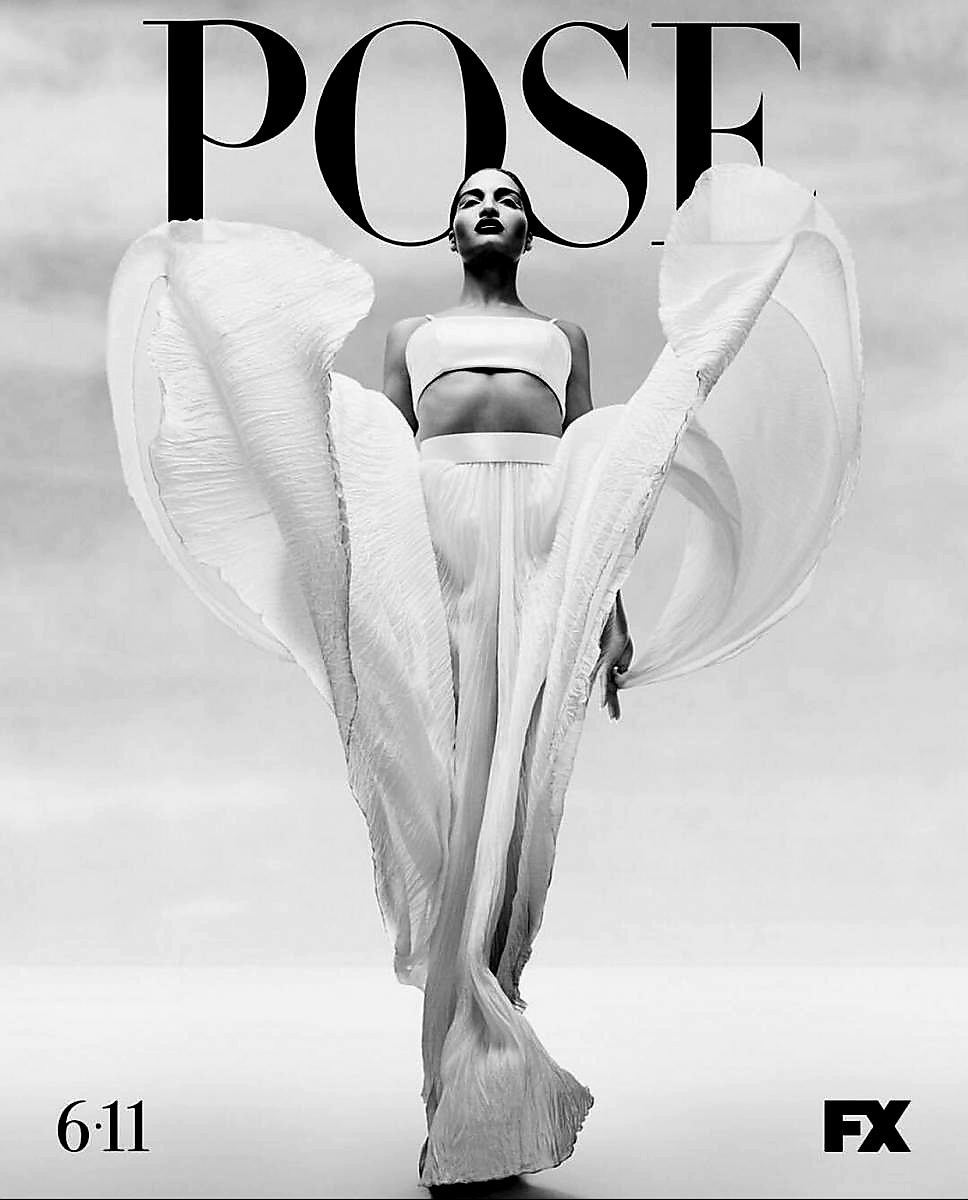
Whether you’re looking for laughter, tears, romance, or revolution, these Pride Month picks for 2025 offer it all—while honoring the complexity and beauty of LGBTQIA+ lives. So press play, turn up the volume, and let queer stories shine this June and beyond. Happy Pride! 🏳️🌈
Arts & Culture
Chaos and Clarity: Zen Aesthetic in Oj Hofer’s Art

by Jing Ramos |
Oj Hofer, our fashion contributing editor, is a Fine Arts graduate from the University of the Philippines. Though he began painting at the age of eight, his artistic journey took a transformative turn in 2013. While volunteering as a costume designer for Siddhartha: The Musical, he encountered Venerable Master Hsing Yun’s One-Stroke Calligraphy, sparking a deep devotion to Japanese sumi-e painting and kanji calligraphy. Over the years, he refined his craft, using his art to share the Dharma through exhibitions while supporting the Hsing Yun Educational Foundation. In 2022, his spiritual path deepened at Nan Tien University, where he embraced Zen and Humanistic Buddhism, shaping his artistic philosophy.
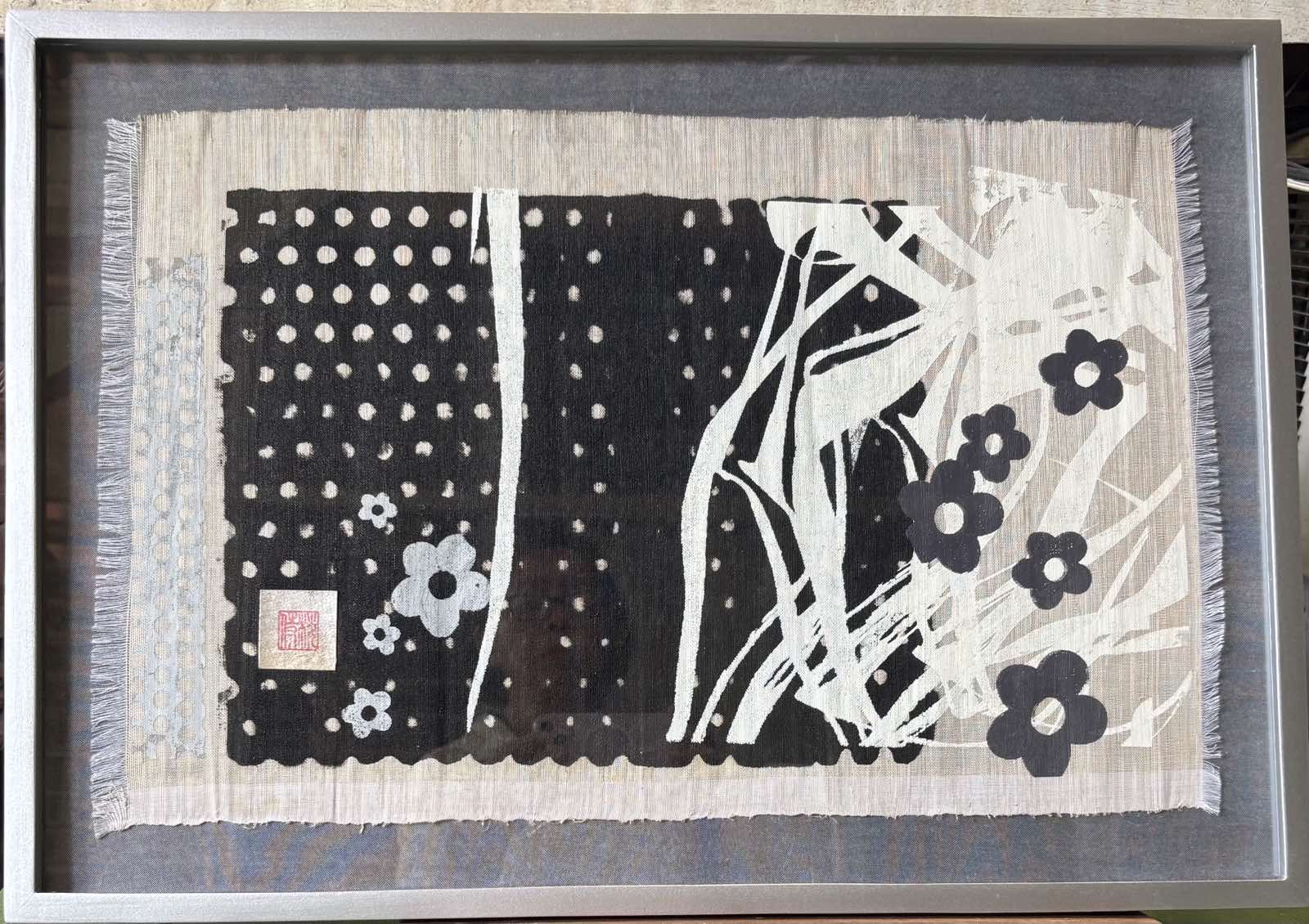
“Plum Blossoms in Moonlight.” Serigraphy on abaca.
In his recent works, Hofer merges traditional calligraphy with serigraphy, drawing inspiration from his friend Charles Lahti—an internationally recognized New York-based painter and printmaker. Lahti, known for his collaborations with post-war American artists like Robert Rauschenberg, Donald Judd, Andy Warhol, and LeRoy Neiman, introduced Hofer to silkscreen techniques. Through a workshop Lahti conducted in Cebu—arranged by their mutual friend Greg Urra—Hofer integrated silkscreen into his Zen artworks, particularly those on abaca.

“The Circle of Harmony” Serigraphy and Calligraphy on abaca.
Hofer’s cross-disciplinary approach challenges conventional Zen aesthetics. His layered paintings on abaca may seem far from tranquil at first glance, but closer contemplation reveals a meditative core. His serigraph of an Enso circle, for example, initially appears chaotic, filled with Tang Dynasty poetry and overlapping, repetitive forms. Yet, by focusing on a single calligraphic element, the viewer experiences a moment of clarity—a glimpse of awakening within the visual complexity.
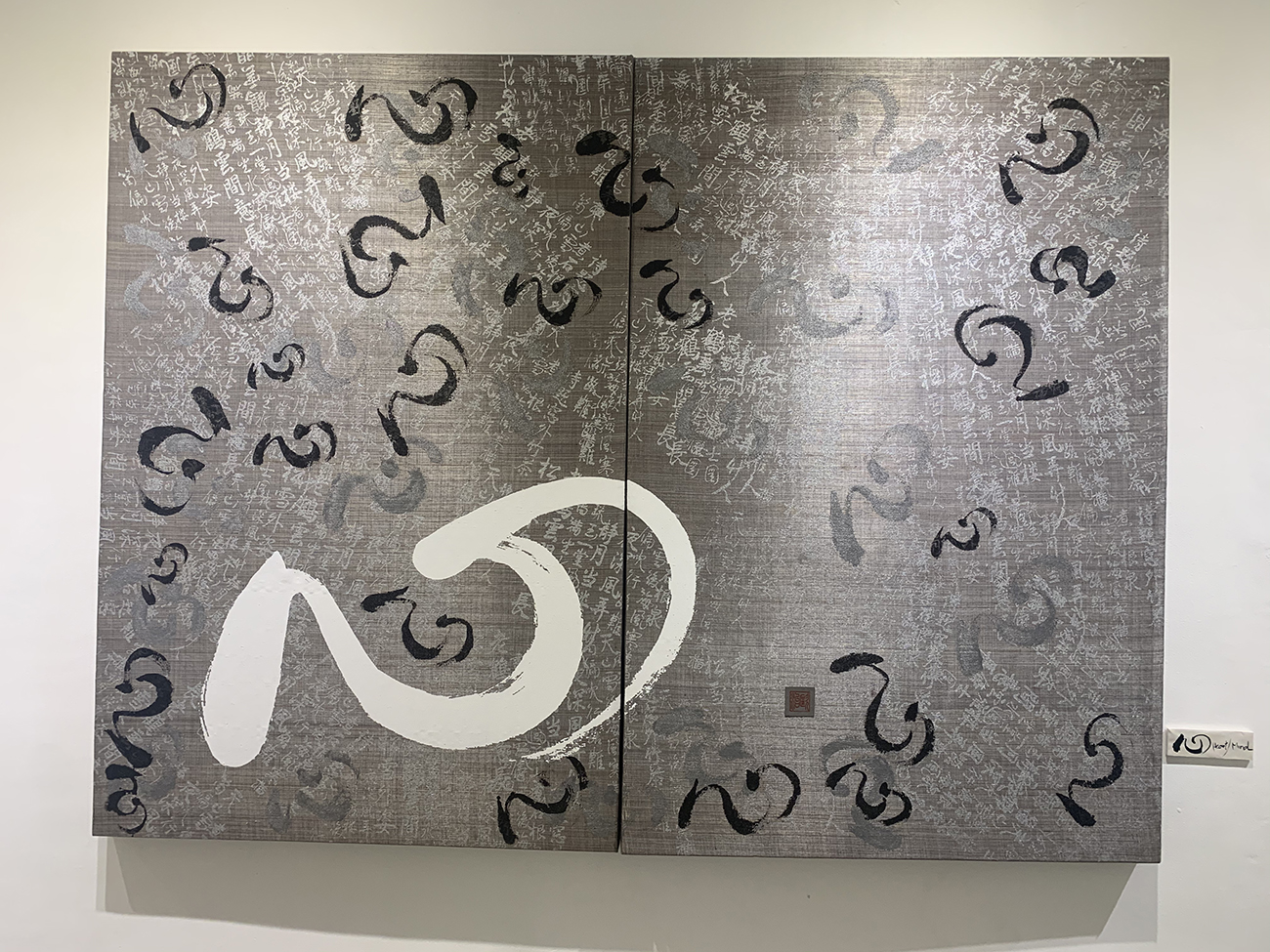
“Monkey Mind” Serigraphy and Calligraphy on abaca.
Even more engaging is his diptych Monkey Mind. At odds with the traditional Zen emphasis on negative space, this piece is deliberately busy, reflecting the restless nature of the mind. A distracted viewer may struggle to find a focal point, but one attuned to emptiness and presence will perceive clarity amidst the seeming disarray.

Ink and intention—creating calligraphy in support of one of my advocacies.
By fusing Zen philosophy with the discipline of serigraphy, Hofer invites his audience to look beyond surface impressions and discover stillness within movement, balance within complexity. His art does not merely depict Zen—it embodies the paradoxes at its core, offering a path to mindfulness through the act of seeing and the experience of doing.
Arts & Culture
What is Sappia? The Rice Myth Goddess of Bohol Who Helped Feed the People During a Great Famine
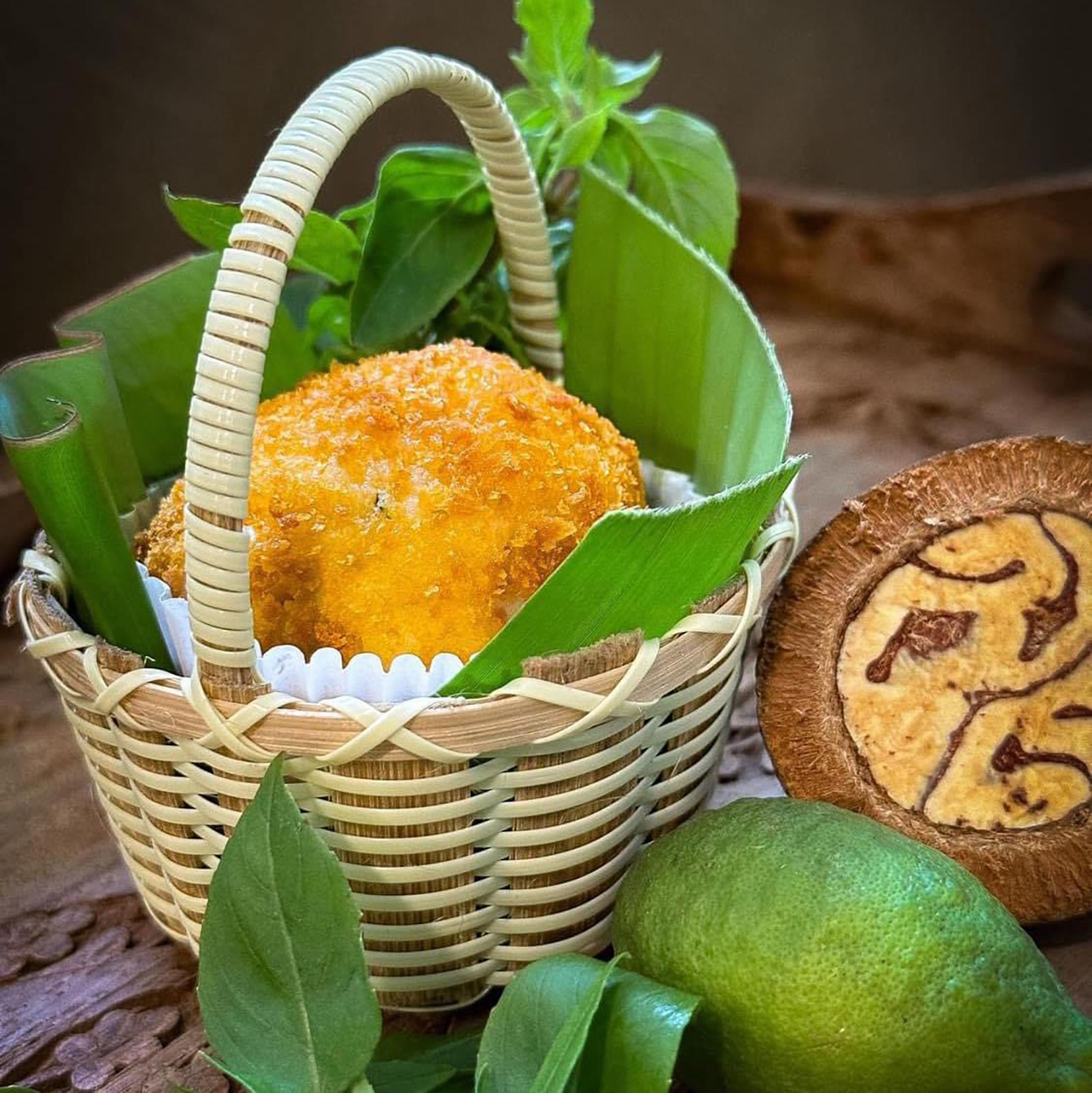
by Emma Gomez
The story began when the people of Bohol started to experience hunger and famine. All the livestocks were inedible and the fields were dried out leaving only weeds planted on the ground. The people prayed to the goddess of mercy, Sappia, to ask for food.
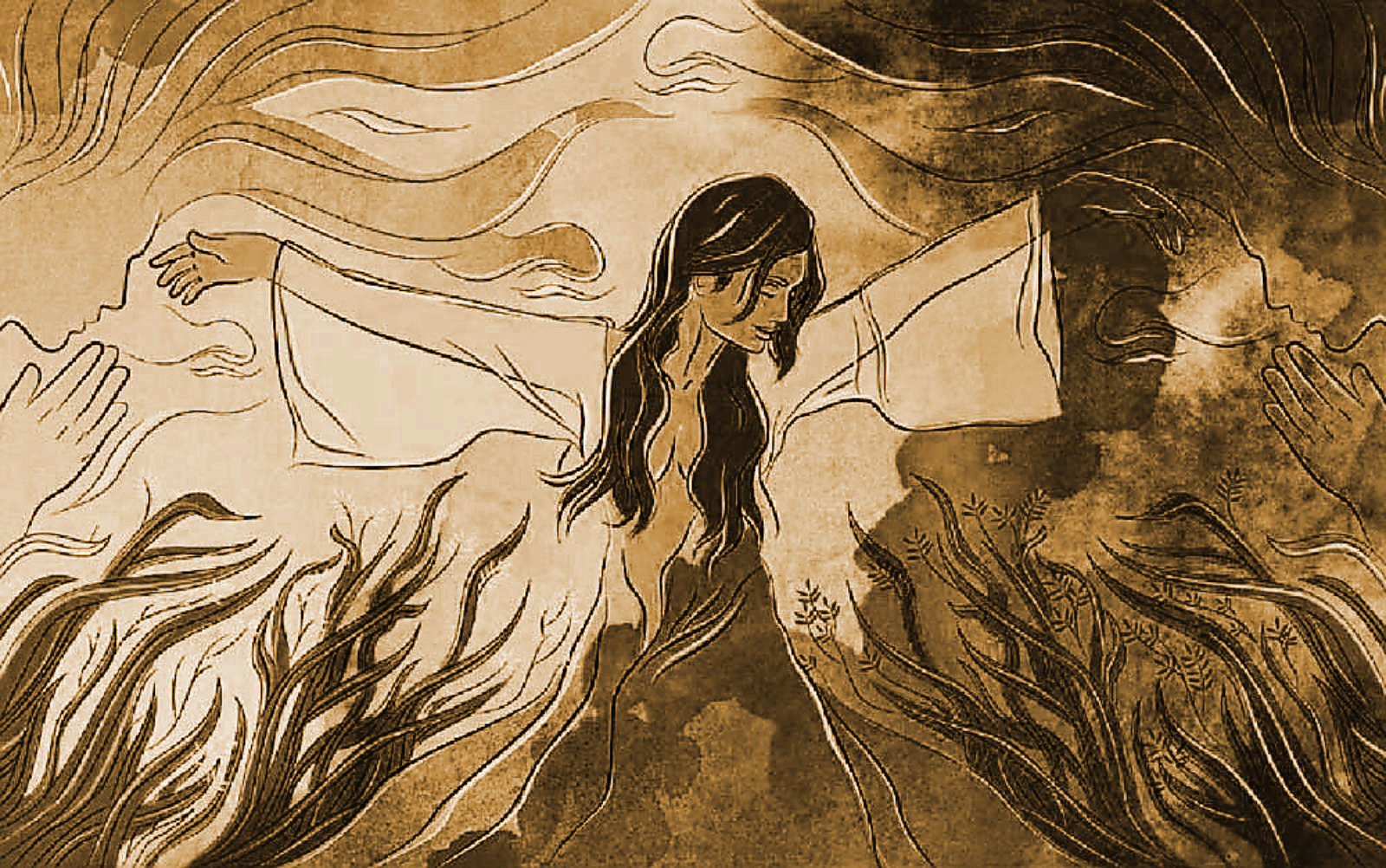
Sappia, the rice myth goddess of Bohol
Sappia, from the heavens, heard the cries of the people. She saw the dense population of weeds and offered to help them. Sappia thought of nourishing the weeds to be edible and healthy for the people of Bohol. Straightaway, she sprinkled the weed with milk from her bossom. She emptied each breast until blood came out. Before she left, she whispered to the weeds that they may be nourished and be able to feed the people.
When harvest season came, the people of Bohol quickly gathered the nourished weeds. They observed that the ones sprinkled with milk were white, while the other were red. They called the new plant rice and they replanted these in honor of Sappia, and for the people to devour.
-
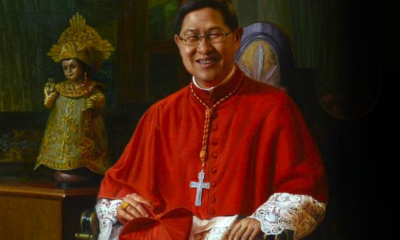
 People2 months ago
People2 months agoThe Cardinals–an Amazing Gallery of Portraits on Cardinals in the Philippines by Artist Jun Impas
-

 QuickFx1 month ago
QuickFx1 month agoHill Station Baguio-Mitos Benitez-Yñiguez Raises the Bar with a Gastronomic Experience in a Cultural Heritage Building
-

 Style2 months ago
Style2 months agoFilippo Summer/Spring 2025 Menswear Collection-Fashion Designer Phillip Rodriguez Stays on Top of the Game
-
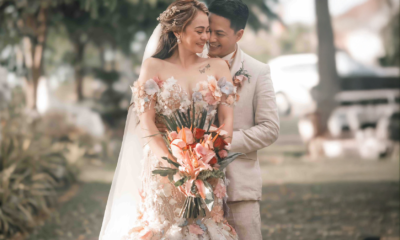
 People1 week ago
People1 week agoA Destination Wedding in Capiz; A Love Story in Focus
-

 QuickFx2 months ago
QuickFx2 months agoArt Beat–Maris Holopainen returns to the Original Qube Gallery Crossroads with a Smash Hit in Unscattered Voices
-

 Beauty & Wellness3 months ago
Beauty & Wellness3 months agoThe Lowdown on IV Drips–Dr. Victoria Jordan Sarmiento Opens Krowne Premiere Medical Aesthetics to Promote Overall Well-being
-

 Prime Target3 months ago
Prime Target3 months agoJamie Gellor–A Multihyphenate at the Intersection of Business, Beauty, and Wellness
-

 Events2 months ago
Events2 months agoSome Enchanted Evening–Marguerite Lhuillier hosts a Despidida Dinner for Eva Gullas in her Fabulous Post-Modernist Maria Luisa Mansion






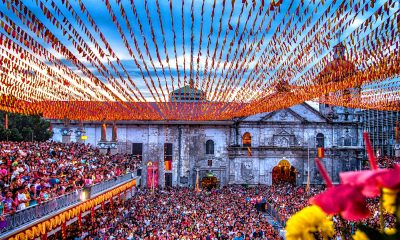





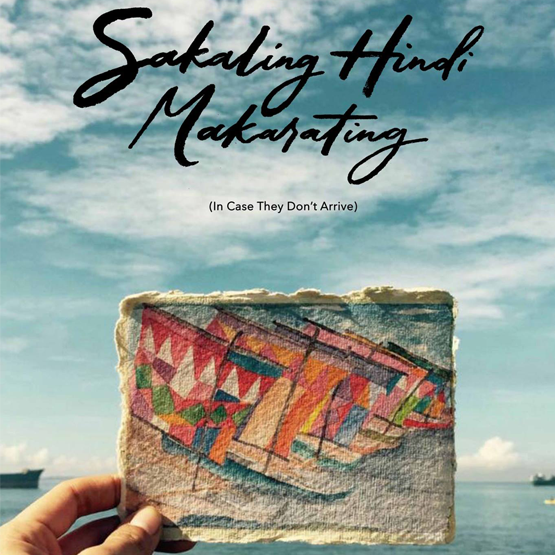





You must be logged in to post a comment Login